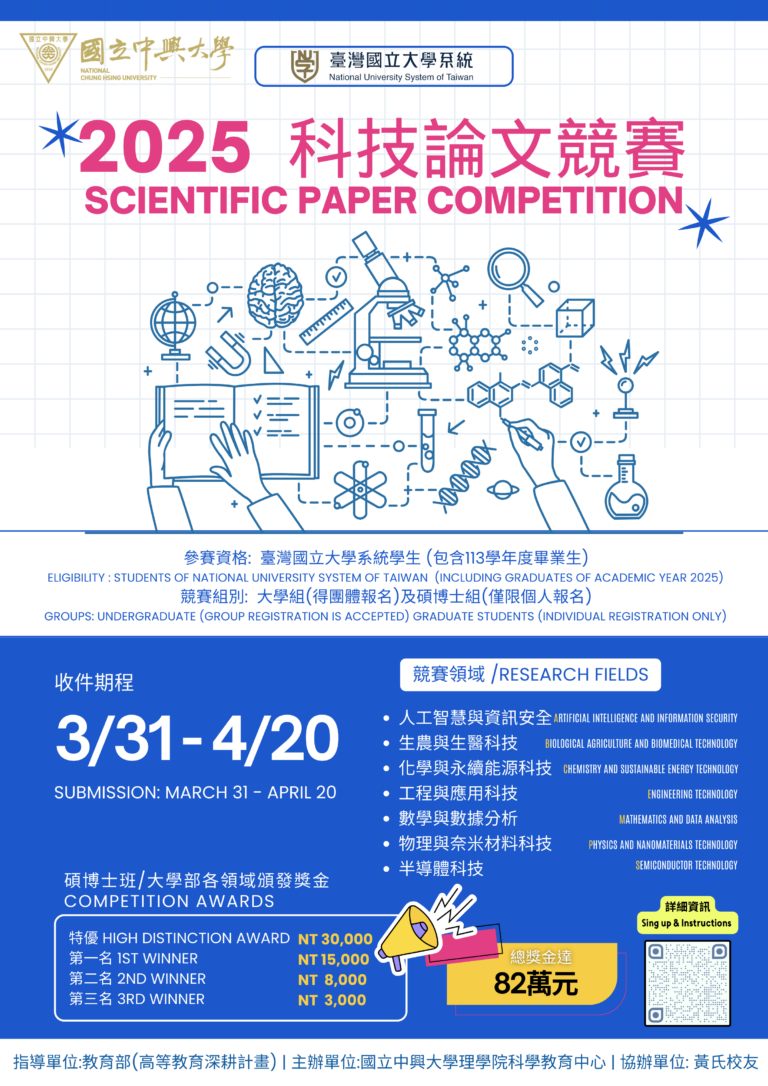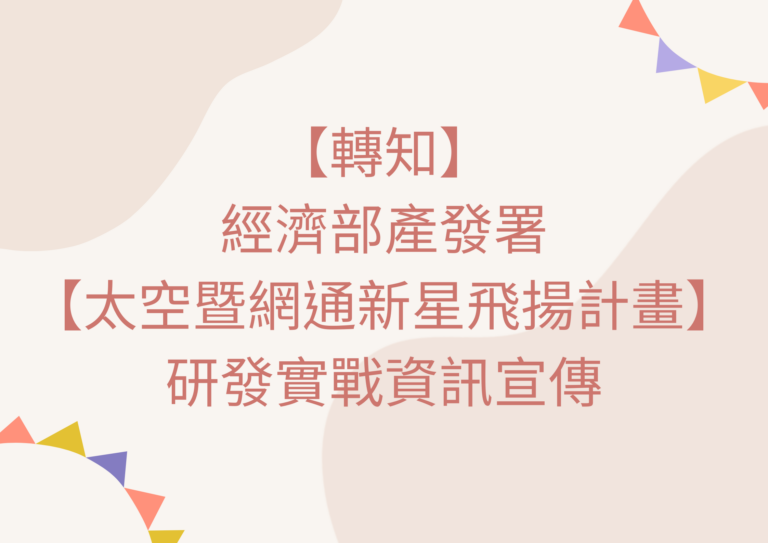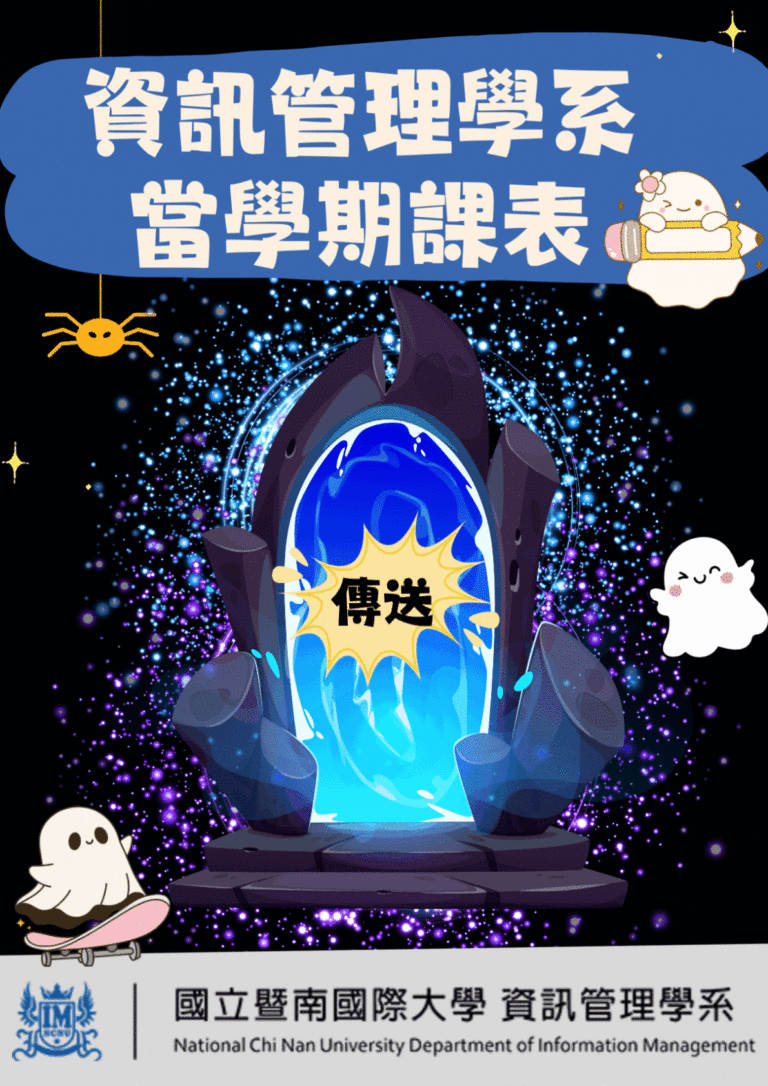類別:技術次領域
註記:
課程大綱:學年學期Academic Year/Semester: 113學年度第1學期
課程代號Course Number: 130040
授課教師Instructor: 姜美玲
課程中文名稱Course Title(Chinese): 作業系統
課程英文名稱Course Title(English): Operating Systems
開課年級Grade: 3
學分數Credits: 3.0學分
上課地點Class location: 管228
上課時間Class hours: 4bcd
本課程可培養學生之核心能力(Core competency)如下列:
團隊合作與溝通協調能力(學士班)
資訊技術應用與創新能力(學士班)
一、課程目標Course objectives:
(請任課教師具體說明課程目標,並加強與核心能力關聯的論述。)
作業系統是資訊領域很重要的基礎,是電腦系統內部不可或缺的元件,
作業系統是用來管理整個電腦系統資源 (包含 processor、memory、I/O devices、storage systems)
的軟體,使電腦系統資源能發揮最大的績效,且提供程式執行的環境,以滿足使用者的各項需求。
傳統的作業系統主要的功能包括 Process 管理、Memory 管理、Processor 管理、Storage 管理、
以及 I/O 管理。此外,還包含系統安全性的考量等等。而由於網路的普及,使得分散式環境也愈來愈重要。
二、師生晤談時間及地點Instructor office hours:
週二 2:00 PM – 4:00 PM (管院 5068 室)
三、授課方式Teaching approach:
教師授課
四、評量方式Grading criteria:(含評量項目及所佔比例,請運用多元評量)
出席與參與 & 課堂問答 & 課堂練習 (14%), 作業 & 小考 (30%), 期中考 (28%), 期末考 (28%)
五、參考書目Textbook & references:(酌列作者姓名、出版年份、書名、出版書局等資料)
(一)教科書:
Operating System Concepts, A. Silberschatz, P. B. Galvin, and G. Gagne, 10th edition,
John Wiley & Sons, INC., 2019
新月圖書公司代理
(二)參考書:
Modern Operating Systems, Andrew S. Tanenbaum, Herbert Bos,
Prentice Hall, 4th Edition, 2015
六、實體課程教學進度(週次、授課主題、教學活動、評量方式/作業、章節)
Course schedule (week, topic, activities, evaluation/assignment, text, etc.):
第1週:Course Introduction, Introduction (I) (課堂討論、作業、課外閱讀)
第2週:Introduction (II) (課堂討論、作業、課外閱讀)
第3週:Operating-System Structures (I) (課堂討論、作業、課外閱讀)
第4週:Operating-System Structures (II), Processes Concepts (I) (課堂討論、作業、課外閱讀)
第5週:Processes Concepts (II) (課堂討論、作業、課外閱讀)
第6週:Threads & Concurrency (I) (課堂討論、作業、課外閱讀)
第7週:Threads & Concurrency (II), CPU Scheduling (I)(課堂討論、作業、課外閱讀)
第8週:期中考 (紙筆考試或測驗)
第9週:CPU Scheduling (II) (課堂討論、作業、課外閱讀)
第10週:CPU Scheduling Quiz, Deadlocks (I) (紙筆考試或測驗)(課堂討論、作業、課外閱讀)
第11週:Deadlocks (II) (課堂討論、作業、課外閱讀)
第12週:Deadlocks Quiz, Process Synchronization Tools (I) (紙筆考試或測驗)(課堂討論、作業、課外閱讀)
第13週:Process Synchronization Tools (II) (課堂討論、作業、課外閱讀)
第14週:Process Synchronization Tools (III), Process Synchronization Examples (課堂討論、作業、課外閱讀)
第15週:Main Memory (I) (課堂討論、作業、課外閱讀)
第16週:Main Memory (II), Virtual Memory (I) (課堂討論、作業、課外閱讀)
第16+1週:Page Replacement Quiz, Final Examination (課堂討論、作業、課外閱讀)
第16+2週:Virtual Memory (II) (課堂討論、作業、課外閱讀)
七、彈性教學設計
以本學期授課內容為範圍,進行系統實作或影片製作,
時間安排於第1~16週課堂上說明
八、備註Remarks:
課程相關資訊以及公告, 請上暨大課程網瀏覽(http://moodle.ncnu.edu.tw/)
九、本課程可培養學生之核心能力與教學活動及評量方法對應表
教學活動:
1.課堂討論(含個案討論)
2.書面報告、作業、作品、實驗
3.學生口頭報告
4.課程規劃之校外參訪及實習
5.證照/檢定
6.參與課程規劃之校內外活動及競賽
7.課外閱讀
8.其他
評量方法:
1.紙筆考試或測驗
2.實作評量﹙含口頭、書面報告、實習、表現評量﹚
3.其他表現
培養學生資訊技術應用與創新能力(學士班)之教學活動:課堂討論、作業、課外閱讀
培養學生資訊技術應用與創新能力(學士班)之評量方法:紙筆考試或測驗、實作評量
◎ 請同學們遵守智慧財產權及不得不法影印。
Course participants should respect intellectual property rights. Illegal copying of copyrighted course materials is strictly prohibited.
◎ 請任課教師在教學過程中適當引導學生使用正版教科書,並適時提醒或制止學生使用非法影印教科書,或通報學校予以輔導。
Instructors should ensure that students purchase licensed textbooks and prevent students from using illegally copied texts.




